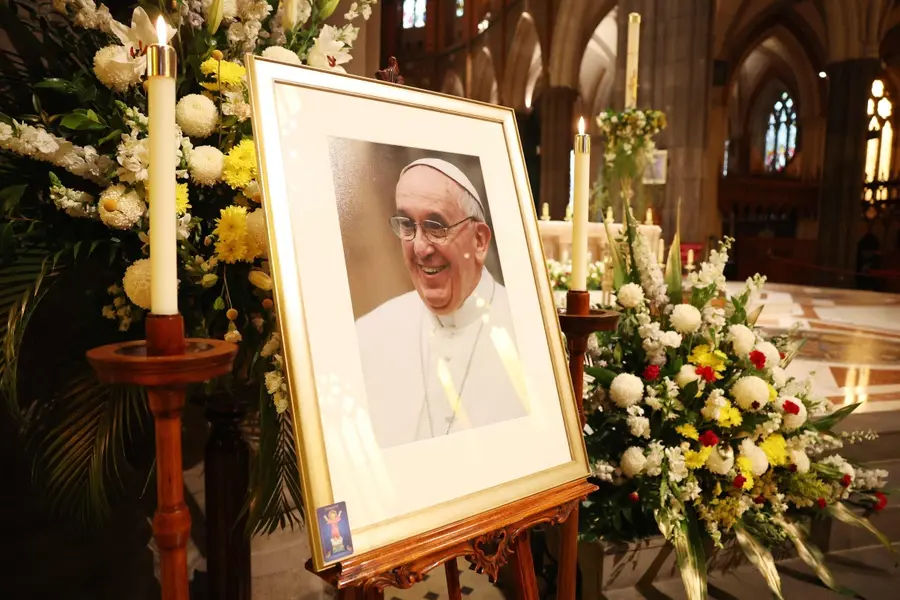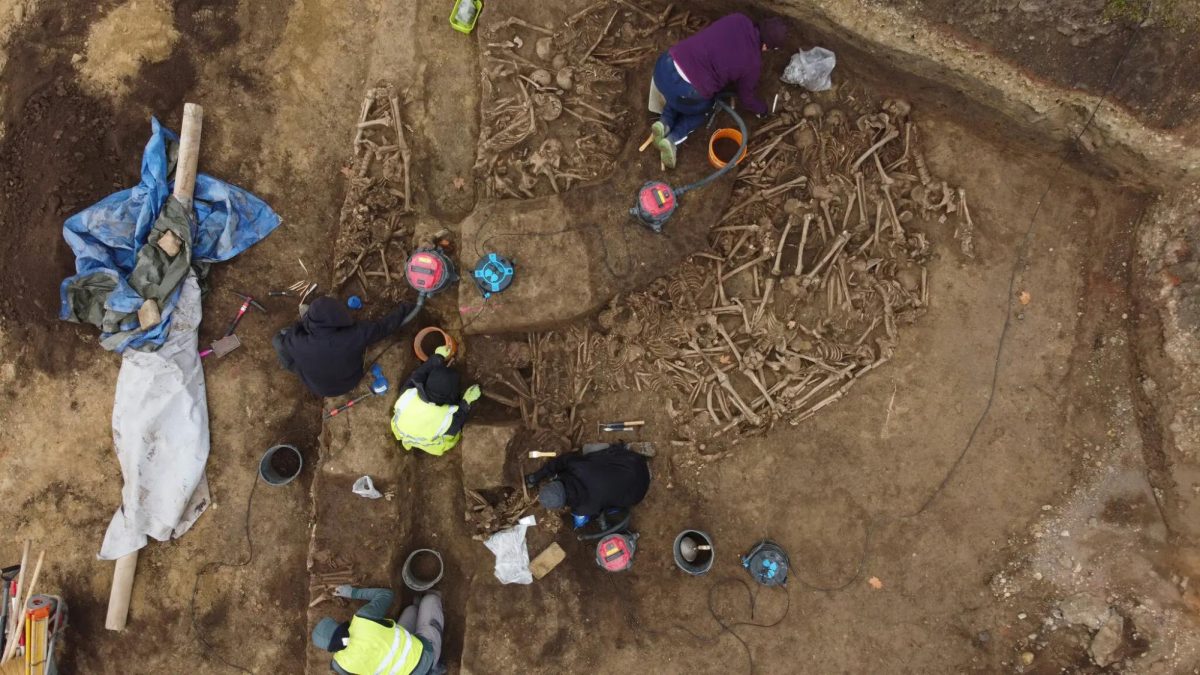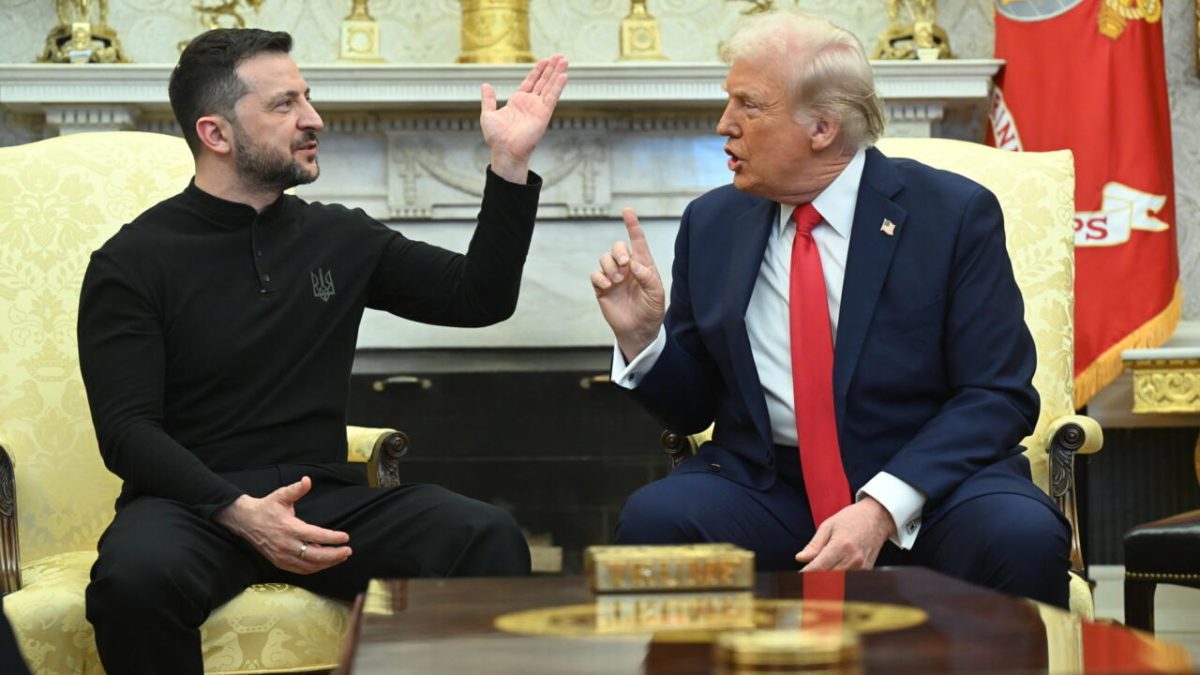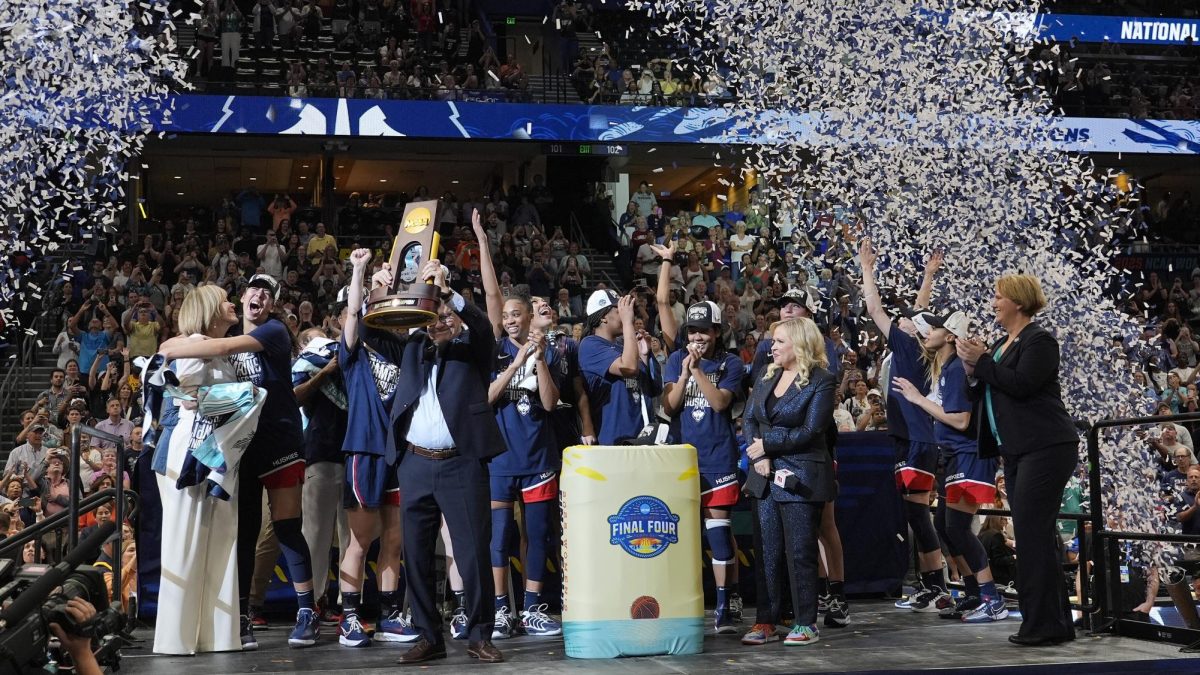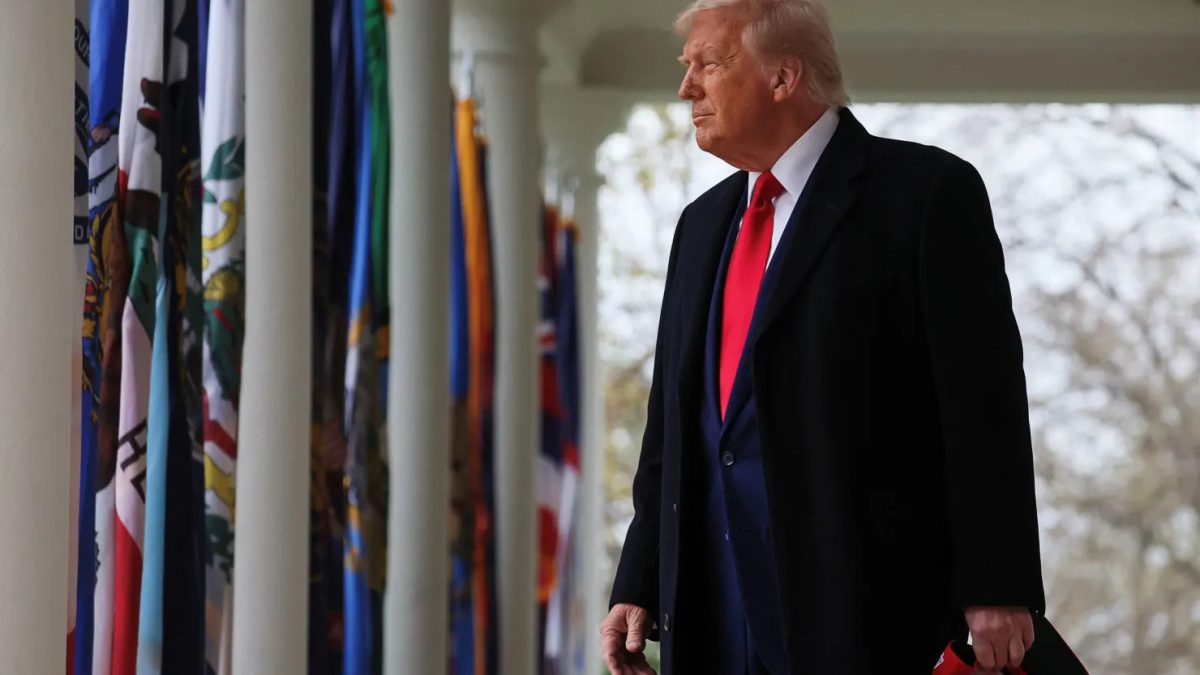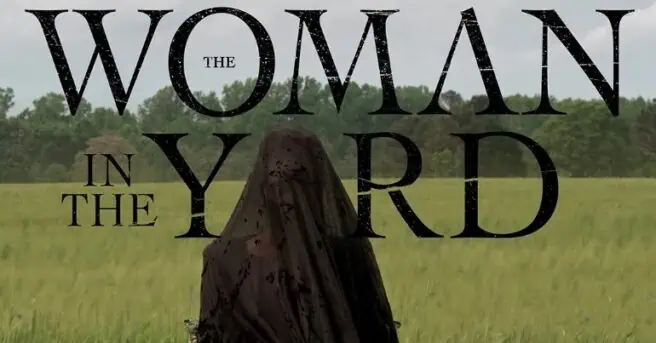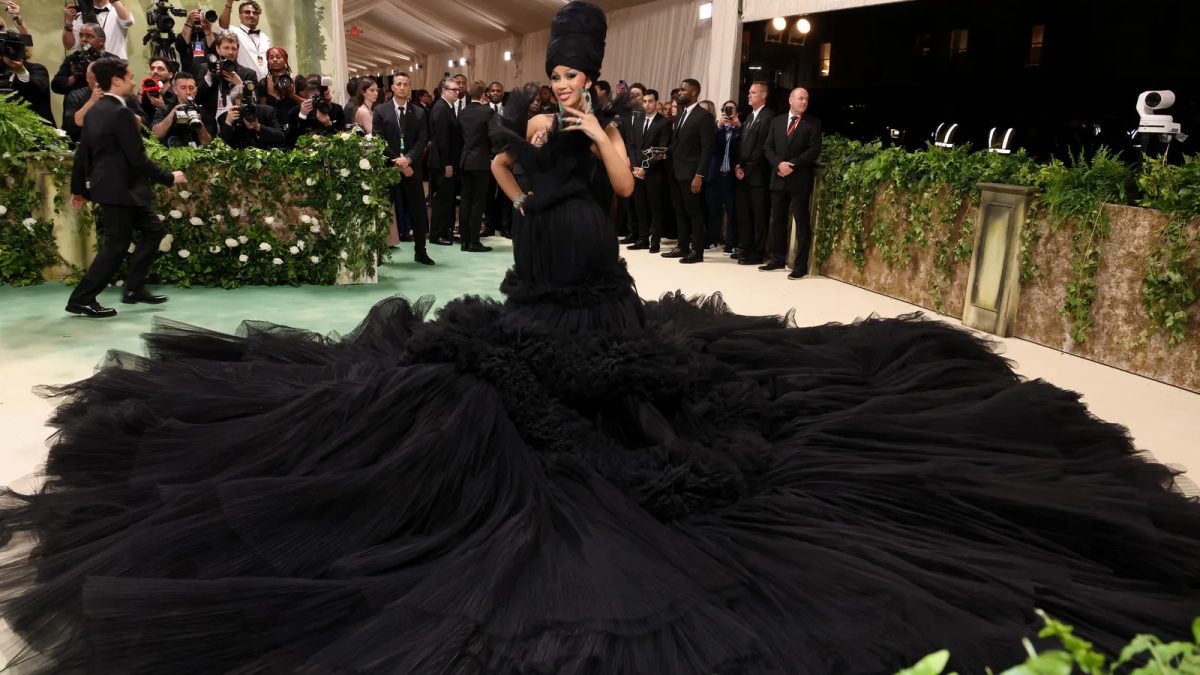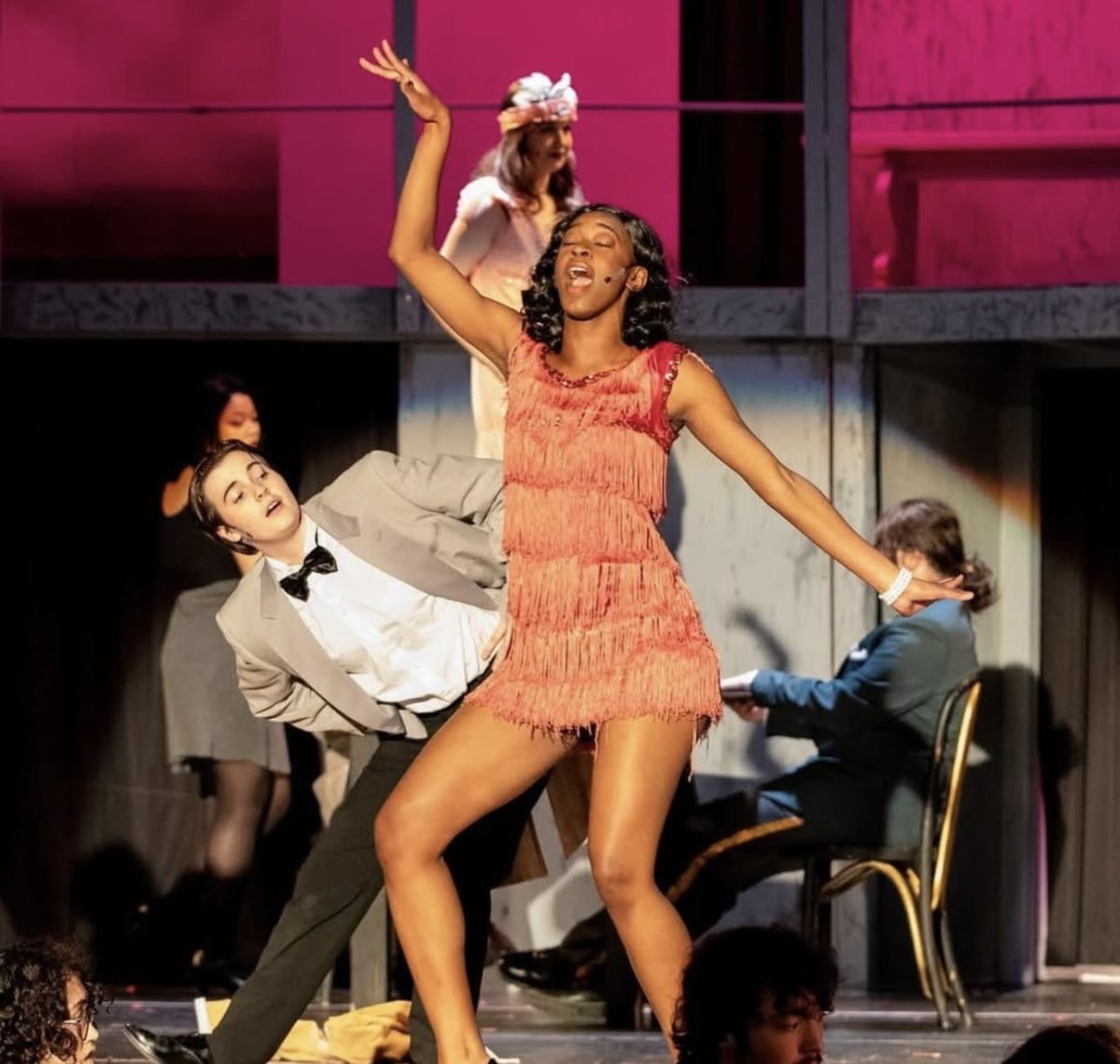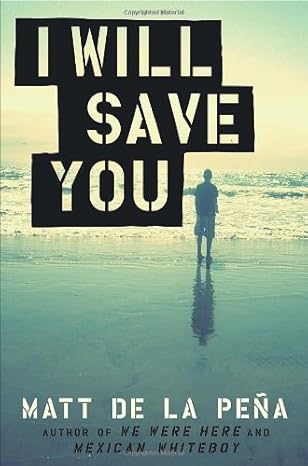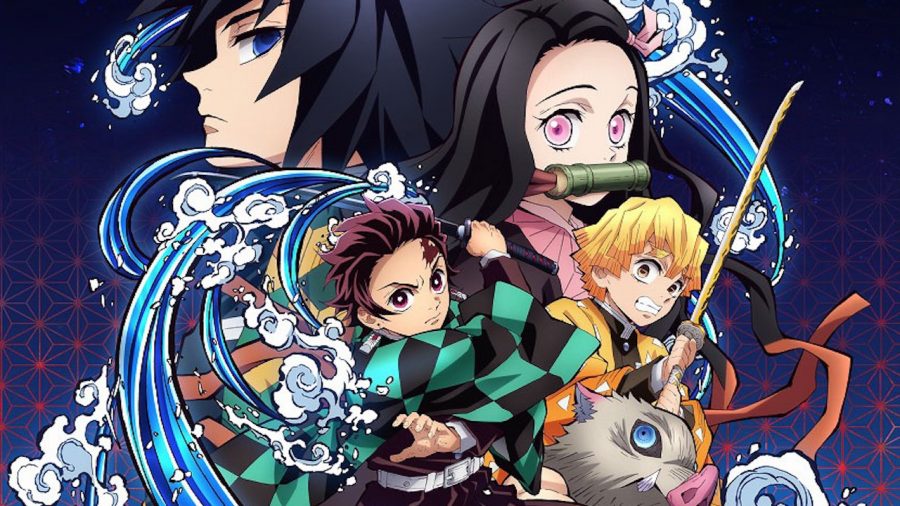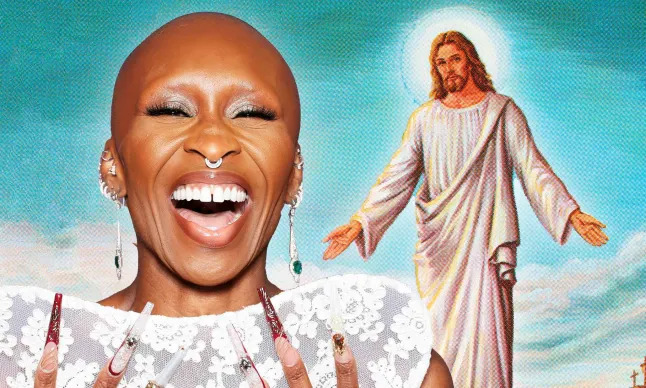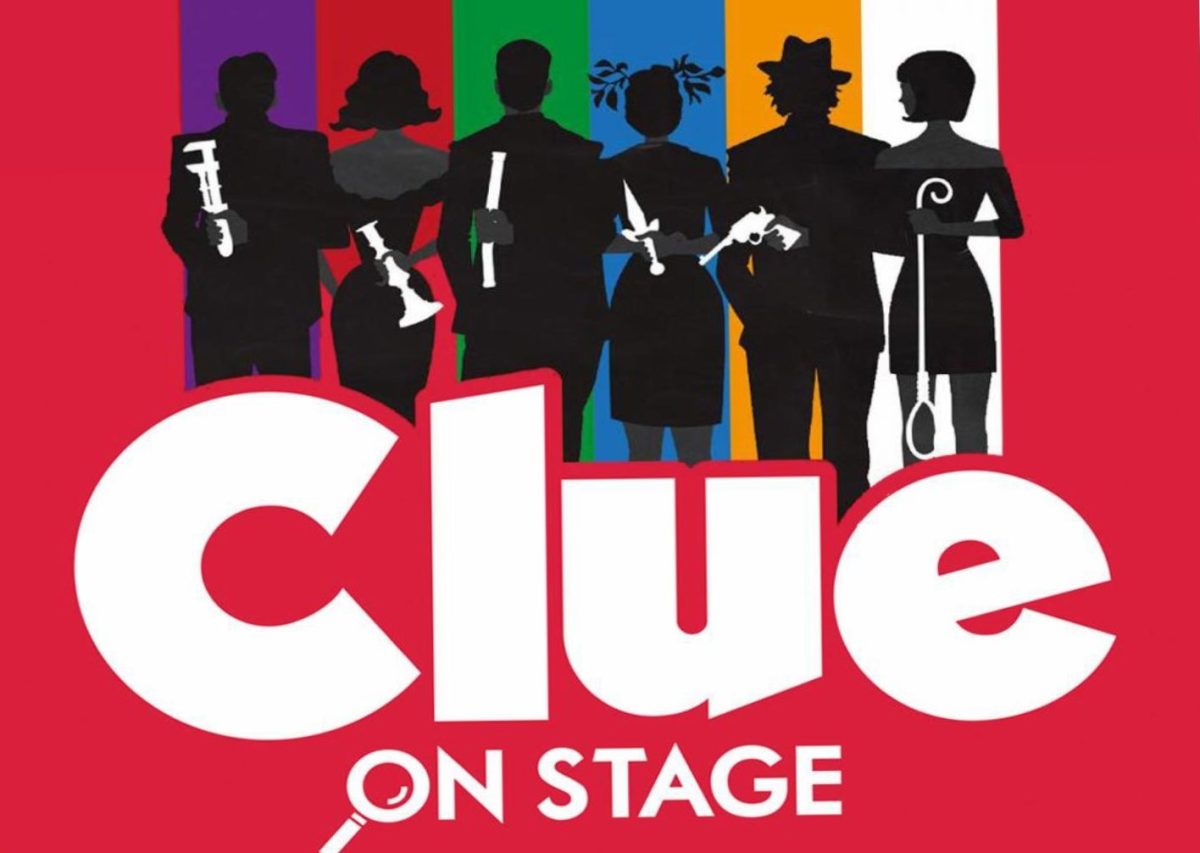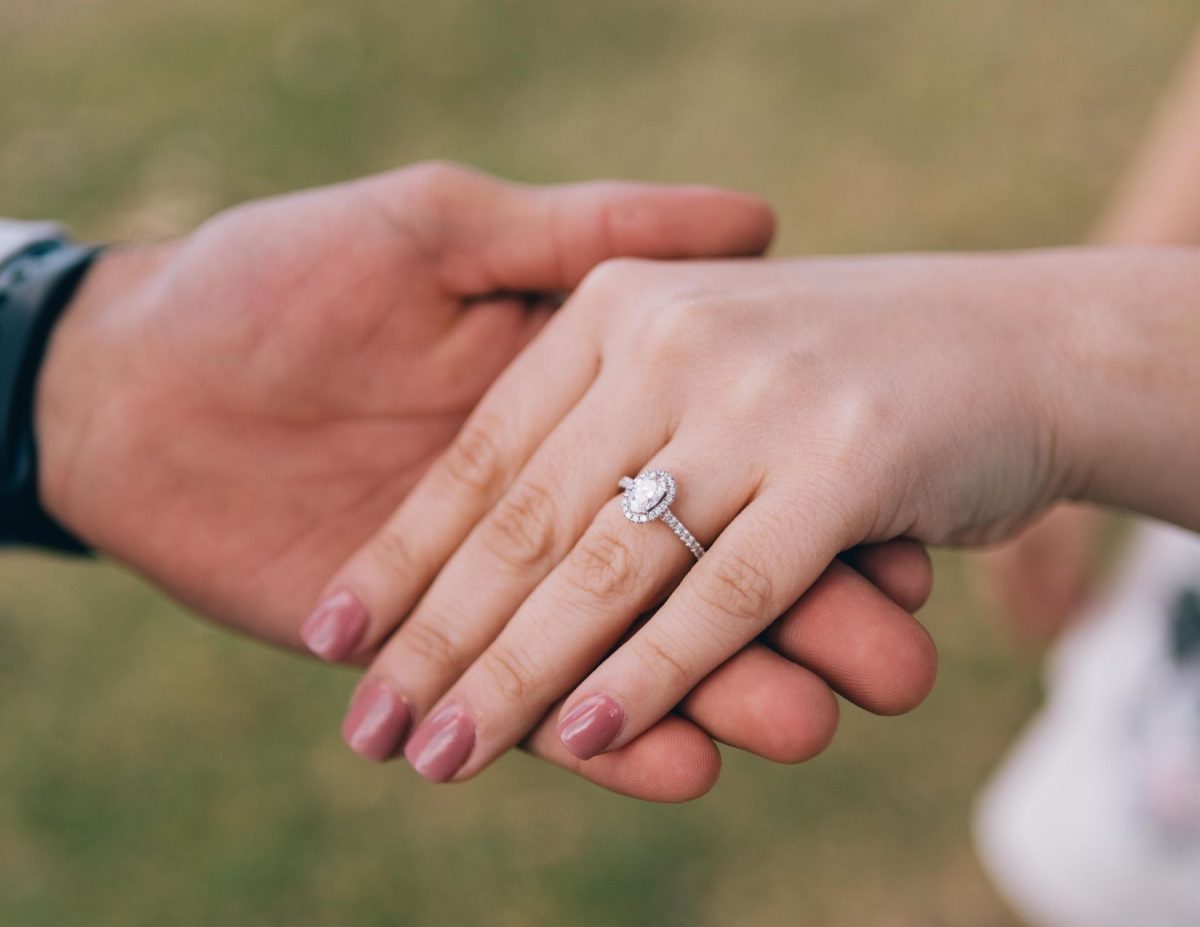It’s common for an engagement ring to have a large stone, usually a diamond, and these rings are thought of as the greatest declaration of love, with the rather tiny piece of jewelry representing a couple’s loyalty, harmony, and trust—or maybe that’s what most people hope. But did you know how this costly custom came to be?
The origin of this “act of love” where couples give one another jewelry is old enough to be linked to the ancient Egyptians, and then handed down to the ancient Greeks, but it wasn’t until the Romans where the existence of this tradition is no longer questioned. Roman women were given 2 rings, one simple, so that they could do standard chores with it on, and the other more gaudy, because even back then men and women loved to show off their expensive items. Both these bands were made out of metal, and this is known because some of them have been discovered in the remains of Pompeii, demonstrating their ability to endure across time.
After the Industrial Revolution, people started demanding more ostentatious engagement rings, although these metal-focused bands were nevertheless popular for several centuries. There was a conflict at the time between the Nouveau riche, who had come from a lower social class, and the old money families, who had inherited their riches for generations and frequently had aristocratic connections. The practice of conspicuous consumerism, which was evident in everything from their parties to their homes to their attire, was the outcome of this conflict, as both sides lavishly flaunted their wealth for the public to see. Engagement rings were not an exception, of course. Queen Victoria had a significant influence on the designs of engagement rings in the 19th century. She popularized many wedding trends that are now staples, such as white dresses, and her snake engagement ring, featuring emeralds, the Queen’s birthstone. It also became common for engagement rings from the Victorian era to feature the bride’s birthstone. The queen also had a fondness for diamonds, which she used on her crown, necklaces, and other jewelry. While people of the upper class imitated this by adding clusters of little diamonds to other engagement rings that were dominated by gems, huge diamonds were still rather scarce and rarely served as the focal point of the piece.
In the 1970s, brides started matching their engagement rings to their wedding bands, creating a coordinated double-stacked set that was inspired by the sense of individuality that defined the era. Rather than the dominant gender icons of the time, such as Elizabeth Taylor and Marilyn Monroe, Princess Margaret and first lady Jackie Kennedy, royalty of their respective countries, helped repopulate colored stone accents. Diamonds were the preferred stone, frequently serving as the primary selling feature, but in previous decades, the band itself got more ornate, occasionally even combining different metals.
Due to her alleged magical relationship, Princess Diana established a number of 1980s wedding fads, such as enormous gowns and colorful engagement rings, with yellow gold emerging as the preferred metal. Large stones and baguette sides throughout this time period reflected the decade’s bold spirit, much like the Gody Gilded Age, when the Victorian upper class flaunted their wealth. The wealthy became even wealthier in the 1980s, earning its nickname “The Decade of Greed”.
In the 2000s, wealthy influence over the diamond supply chain decreased from 85% to 63%, which is still absurd, but at least it’s a step in the right direction. Engagement ring trends were significantly impacted by the 2008 crisis, as many people chose smaller, less expensive diamonds. At the time, showing off riches was seen as tacky and insensitive, and as a result, men typically spent 50% less on these rings. Engagement rings were becoming less common than they were before the economic slump. They have increased in popularity again as the years go on, but are still not as widely bought as they once were.
Furthermore, diamonds are a fake. They are not unusual. They are actually far more common than you may think. Most of the natural diamonds that are sold across the world come from Africa, where the business has had a very negative impact. In addition to having a detrimental effect on the environment, the actual diamond mining process is exploitative, with many corporations paying their employees far less than what is fair. Children have been compelled to mine diamonds in conflict areas for decades; the blood diamonds are then sold to armed organizations, perpetuating the cycle of violence. Even though the diamond business has a certification mechanism to guarantee that diamonds are conflict-free, they have placed an even higher value on the product, which has led many customers to choose blood diamonds while still making money.
Other alternatives to mining diamonds exist, such as lab-grown diamonds or vintage diamonds, which are not only more economical but also more morally just. You might certainly argue that these alternatives aren’t as valuable, but the business is well aware that diamonds aren’t worth the price you’re paying for in the first place.. Don’t be fooled by advertisements. They are neither an investment worth your money nor a novelty. If you want something that will hold its worth over time, gold is a much better option.
From a diamond engagement ring, to a reception that threatens to bankrupt you, practically every element of marriage has become a commodity over time. When it comes to making you feel bad for not spending more money, these corporations will do whatever it takes. Unfortunately, engagement rings have turned into yet another materialistic means of proving yourself to other people when the true purpose should be the relationship between you and your spouse. I’m not saying that engagement rings aren’t a good way to express love and loyalty; I’m only trying to clarify why a diamond ring isn’t as significant as society and the media portray it to be. Even if it’s a Ring Pop, just get what brings you joy.

